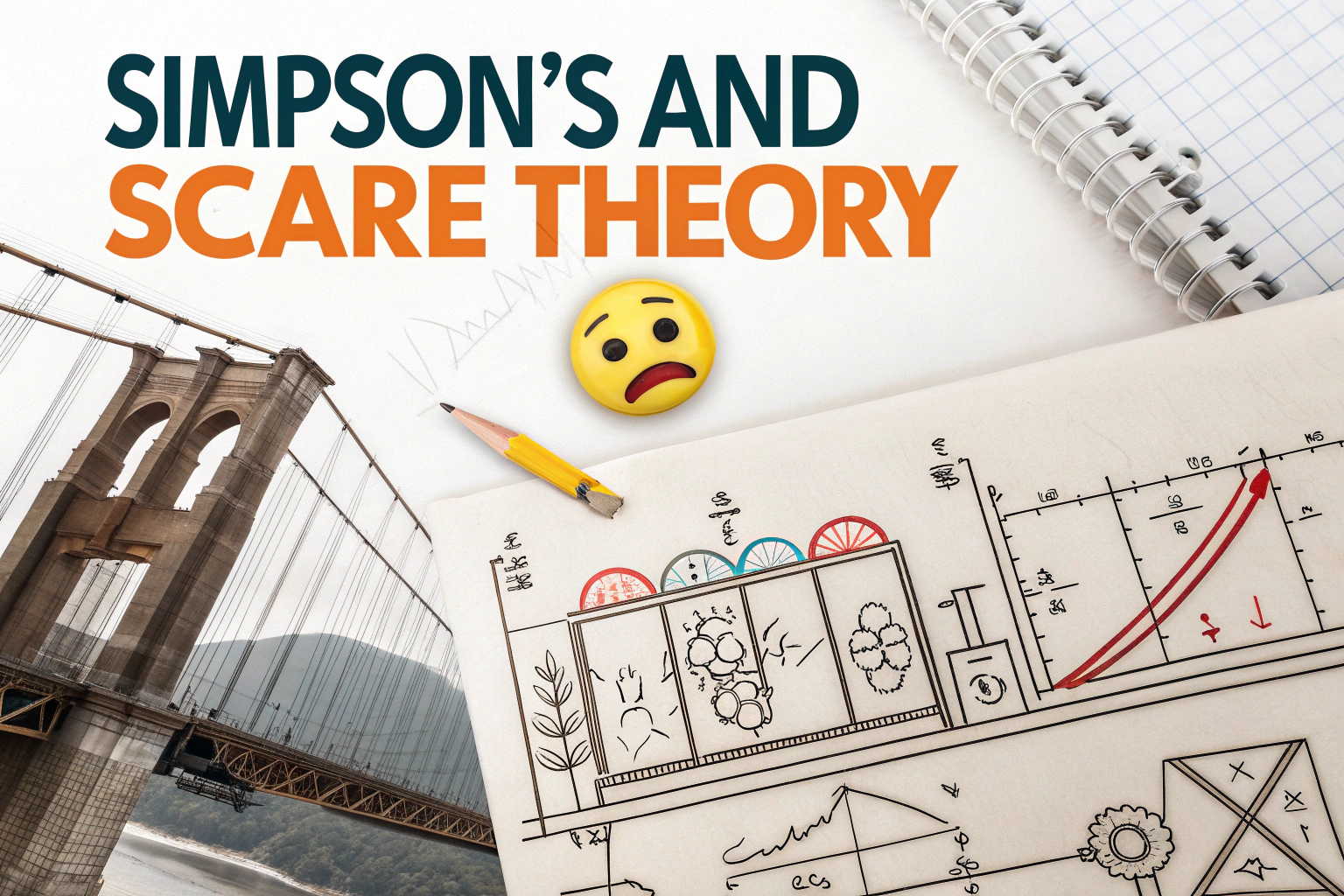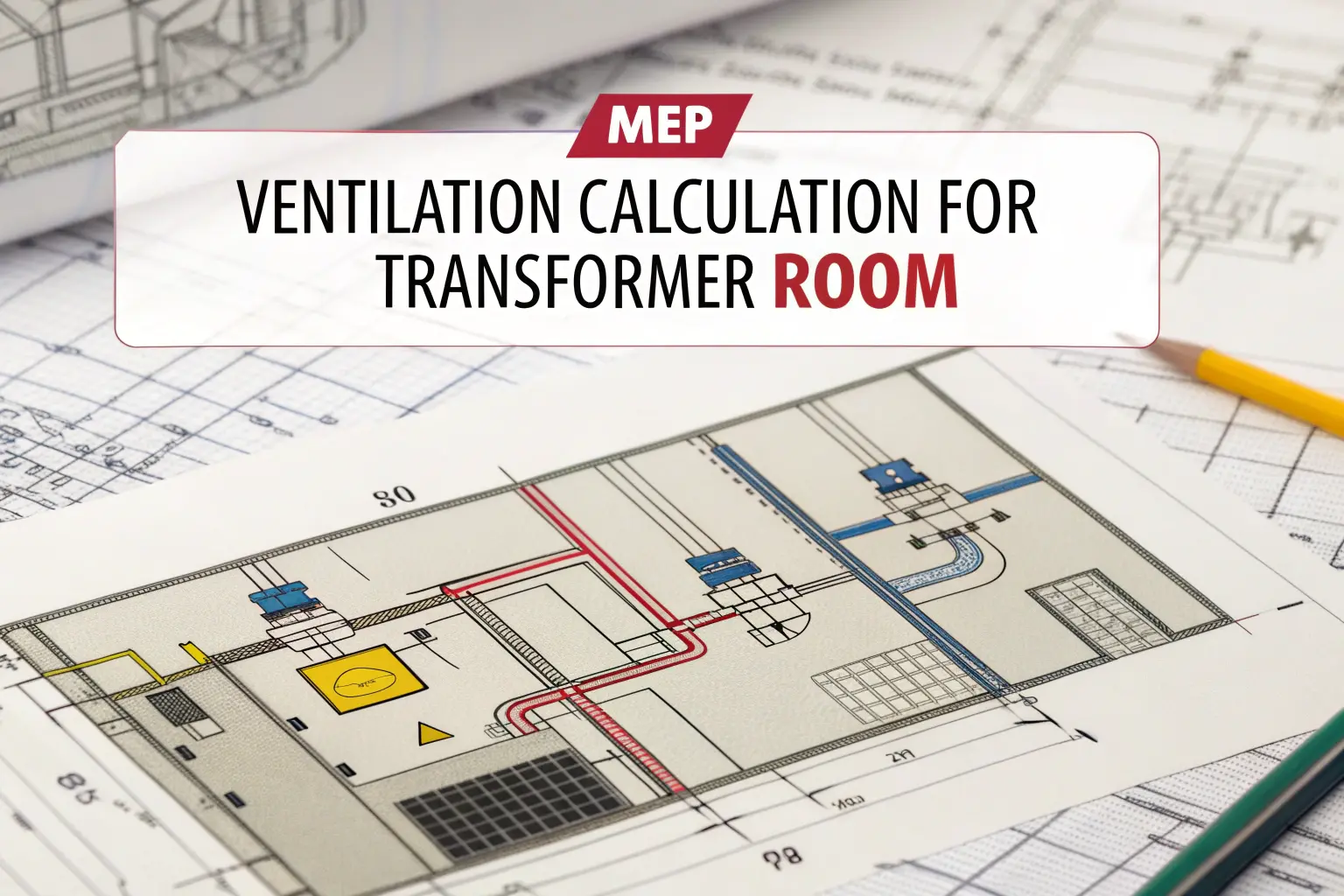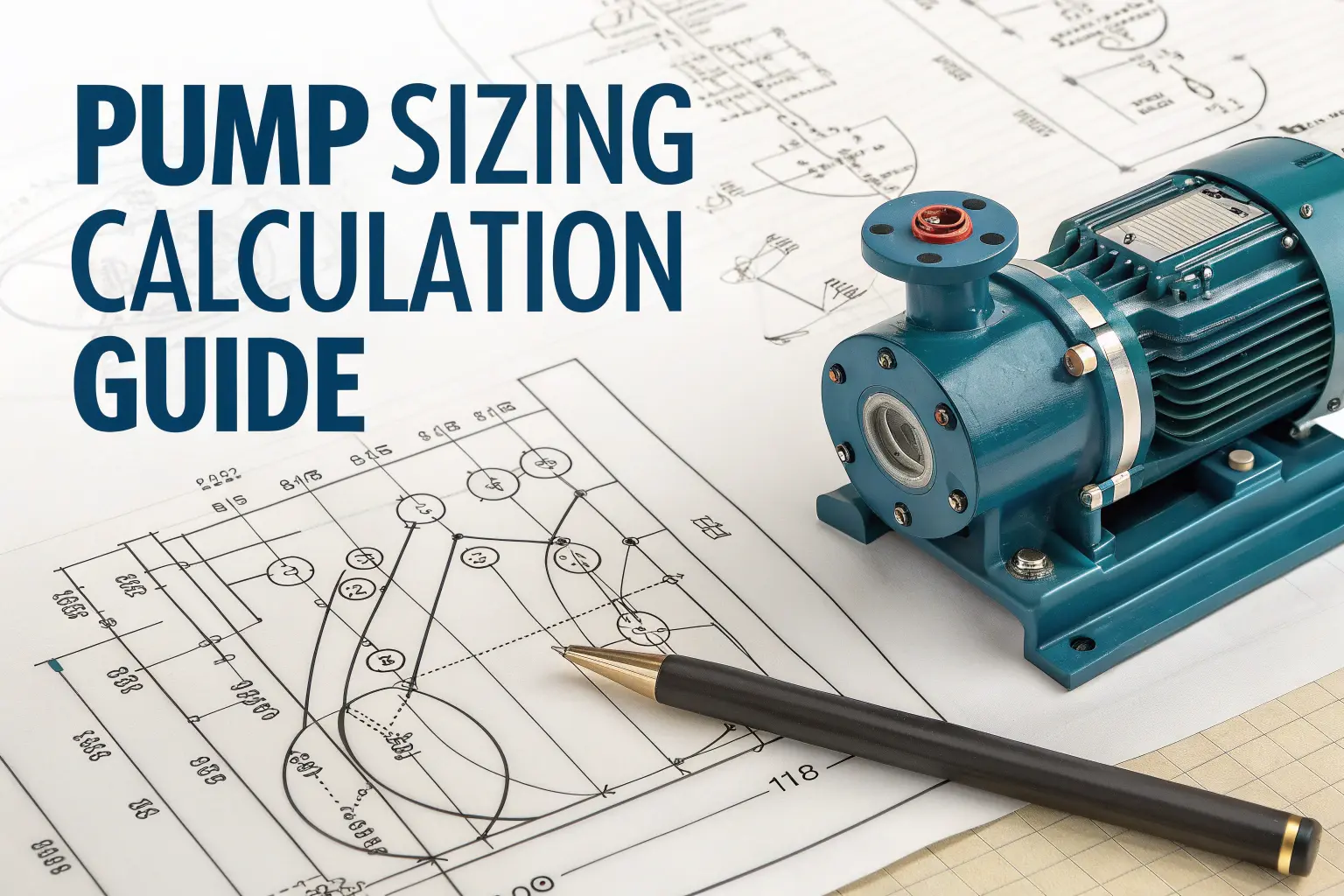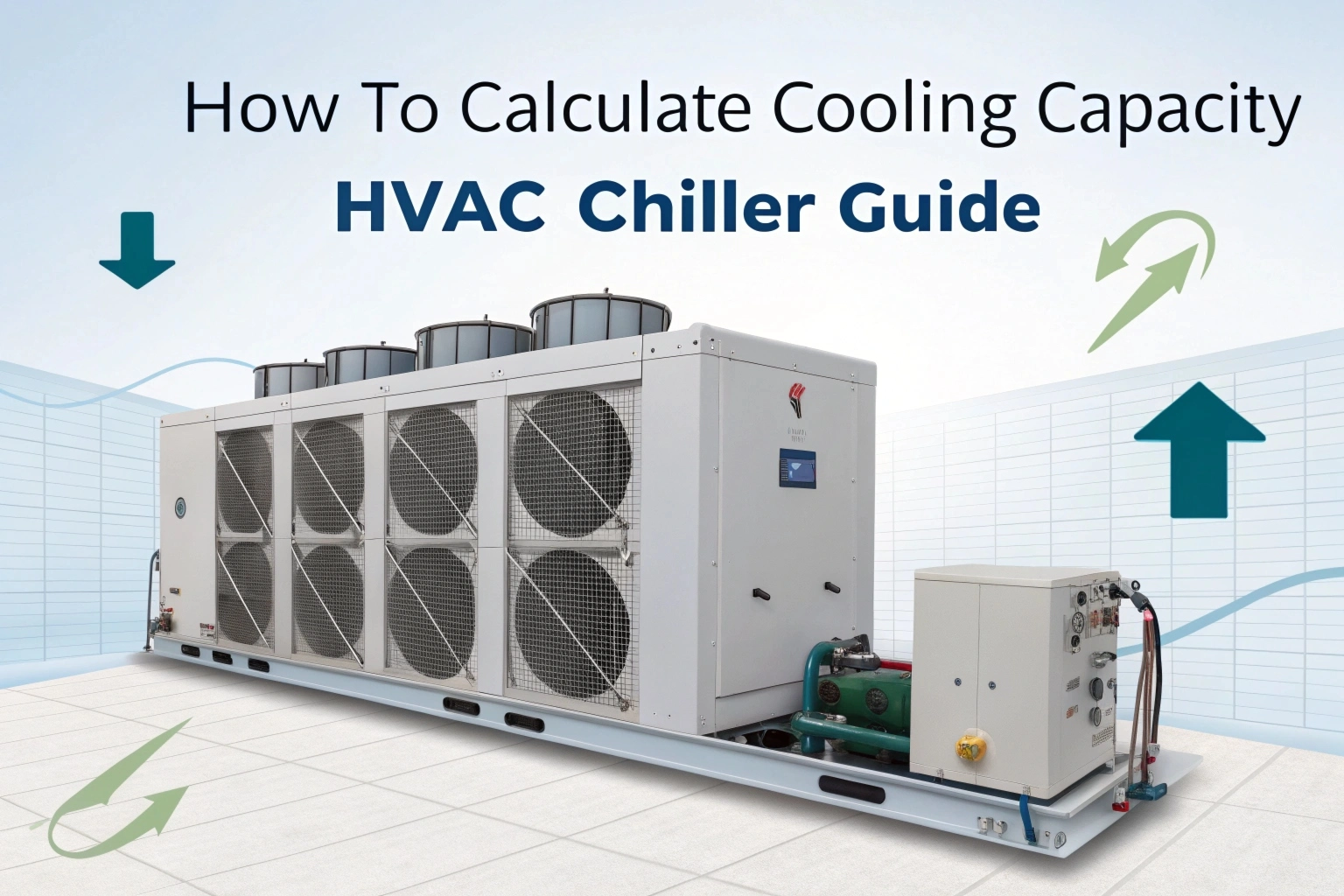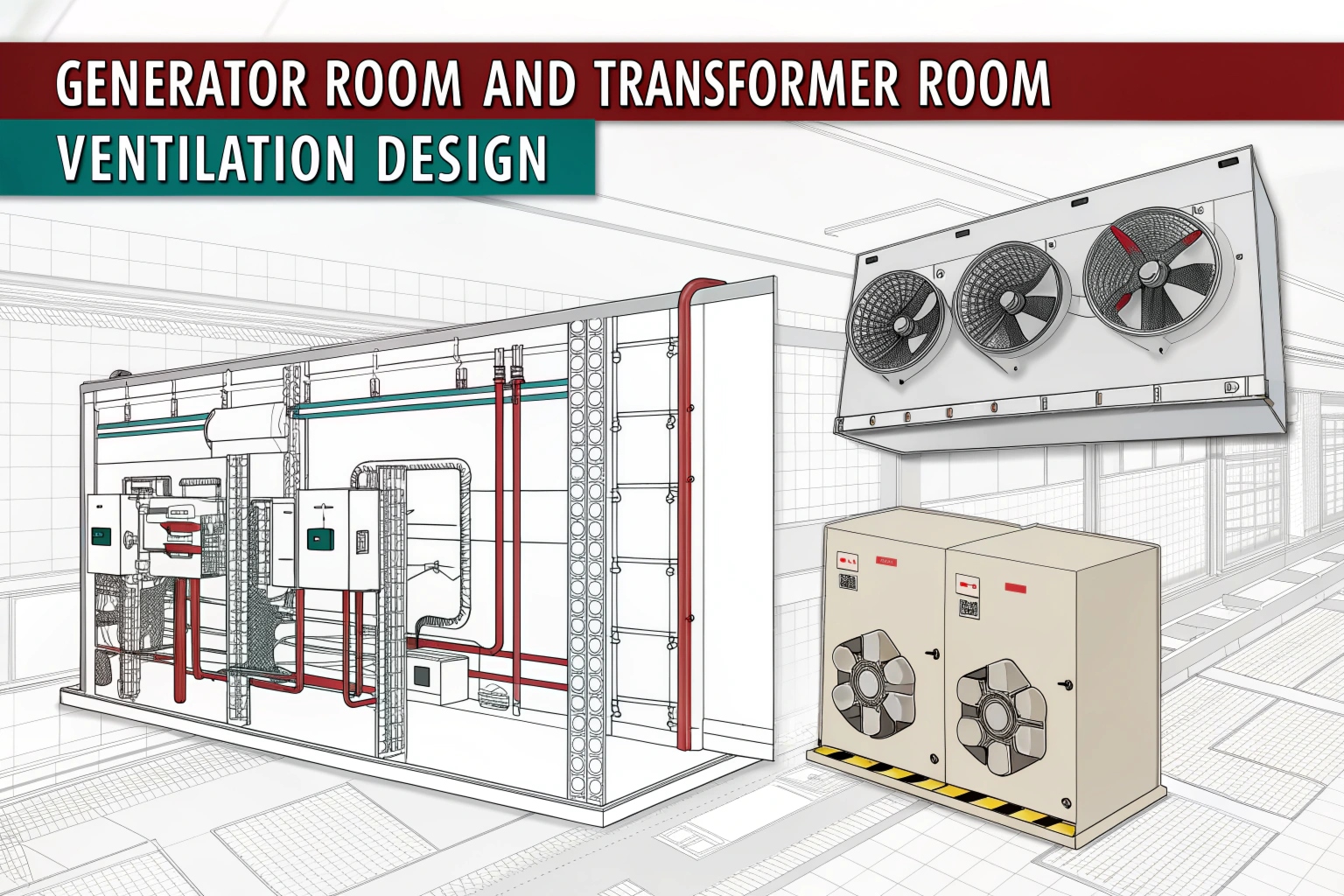Simpson’s and Scare Theory: explains how air currents, water droplets, and ice crystals split charges in clouds. In this model, temperature layers and collisions drive charge separation. First, updrafts break water droplets at the cloud base. Next, freezing turns moisture into ice crystals high above. Each collision transfers charge. As a result, thunderclouds develop positive and negative regions. Eventually, these regions produce lightning.

Droplet Breakup and Charge Transfer
At about 0 °C, rising air near the cloud base moves around 10 m/s. This fast flow shatters larger water droplets. When a droplet breaks, it gains positive charge. Meanwhile, the surrounding air absorbs the negative charge. Thus, the droplet fragments carry positive charge upward. Conversely, the base region holds excess negative ions in the air.
Key Points of Droplet Charging
- Air Velocity: Air currents reach about 10 m/s near the base.
- Droplet Breakup: Fast air shreds droplets, creating many fragments.
- Charge Transfer: Each fragment gains positive charge; air gains negative ions.
- Upward Transport: Updrafts carry positive droplets aloft.
Ice‑Crystal Collisions and Opposite Charging
Simpson’s and Scare Theory: Higher in the cloud, temperatures fall below –10 °C. Here, moisture freezes into ice crystals. Strong updrafts toss these crystals around. When air collides with an ice crystal, the air picks up positive charge. The crystal becomes negative. After collision, the lighter, positively charged air rises further. Conversely, the heavier, negatively charged ice crystals drift downward into the mid‑level region.
Ice‑Crystals and Charge Flow
- Freezing Layer: Occurs between –10 °C and –20 °C.
- Collision Event: Air strikes crystals, swapping charge.
- Air Charge: Gains positive ions and rises.
- Crystal Charge: Becomes negative and settles downward.

Building the Thundercloud’s Dipole
Combining the two layers yields a steady separation. At the cloud’s base, negative ions dominate. At the top, positive charges gather on water fragments and air parcels. In between, the mid‑level region carries both types but balances charge flow. Over time, the top and bottom develop opposite net charges. This dipole structure creates the strong electric fields needed for lightning.
Temperature Zones and Charge Regions
Simpson and Scarse emphasize the cloud’s thermal stratification. We can break it into three zones:
| Zone | Temperature | Dominant Process | Net Charge |
|---|---|---|---|
| Base | 0 °C to +10 °C | Droplet breakup | Negative (air) |
| Middle | –10 °C to 0 °C | Transition: mixed phase | Mixed |
| Upper | –20 °C to –10 °C | Ice‑crystal collisions | Positive (air) |
In the base, active droplets dominate. At mid‑levels, both droplets and crystals coexist. At high altitudes, ice rules the process.
Implications for Lightning Formation
Once the dipole forms, the cloud’s internal field builds. It can exceed 1 MV/m locally. When that field breaks down the air’s insulating ability, lightning strikes occur. First, a stepped leader travels downward. Then, a return stroke follows, equalizing the charge. Thus, Simpson’s and Scare Theory lays the groundwork for understanding these discharges.
Modern Observations and Experiments
Field campaigns with instrumented aircraft confirm the two‑layer charging process. Researchers measure positive potentials near the top and negative potentials at the base. Laboratory wind tunnels reproduce droplet breakup at 10 m/s and ice‑crystal collisions at sub‑zero temperatures. Both experiments match theory predictions. Moreover, numerical cloud models incorporate these collision‑charging rates to forecast lightning frequency.
Summary of Simpson’s and Scare Mechanism
- Updraft‑Driven Breakup: Fast air shatters droplets at cloud base.
- Droplet Charging: Fragments gain positive charge; air becomes negative.
- Freezing and Collision: Ice crystals form and collide with air aloft.
- Crystal Charging: Crystals gain negative charge; air becomes positive.
- Charge Transport: Updrafts move positive air upwards; crystals settle.
- Dipole Formation: Separate top‑positive and bottom‑negative regions.
Simpson’s and Scare Theory: FAQs
1. What velocity triggers droplet breakup?
Air currents around 10 m/s near the cloud base shatter water droplets.
2. At what temperature do ice‑crystal collisions occur?
Ice collisions dominate between –10 °C and –20 °C.
3. Which part of the cloud gains negative charge?
The cloud base holds excess negative ions in the air from droplet breakup.
4. Why does the upper region become positive?
Ice‑crystal collisions transfer positive charge to the lighter air, which rises.
5. How does this theory explain lightning?
Charge separation builds a strong field. When it exceeds the breakdown threshold, lightning strikes.
6. Have field experiments confirmed this model?
Yes. Aircraft and lab tests verify the two‑layer charge structure and collision‑charging rates.
READ ALSO ; Voltage to Current Converter – Simple Guide

